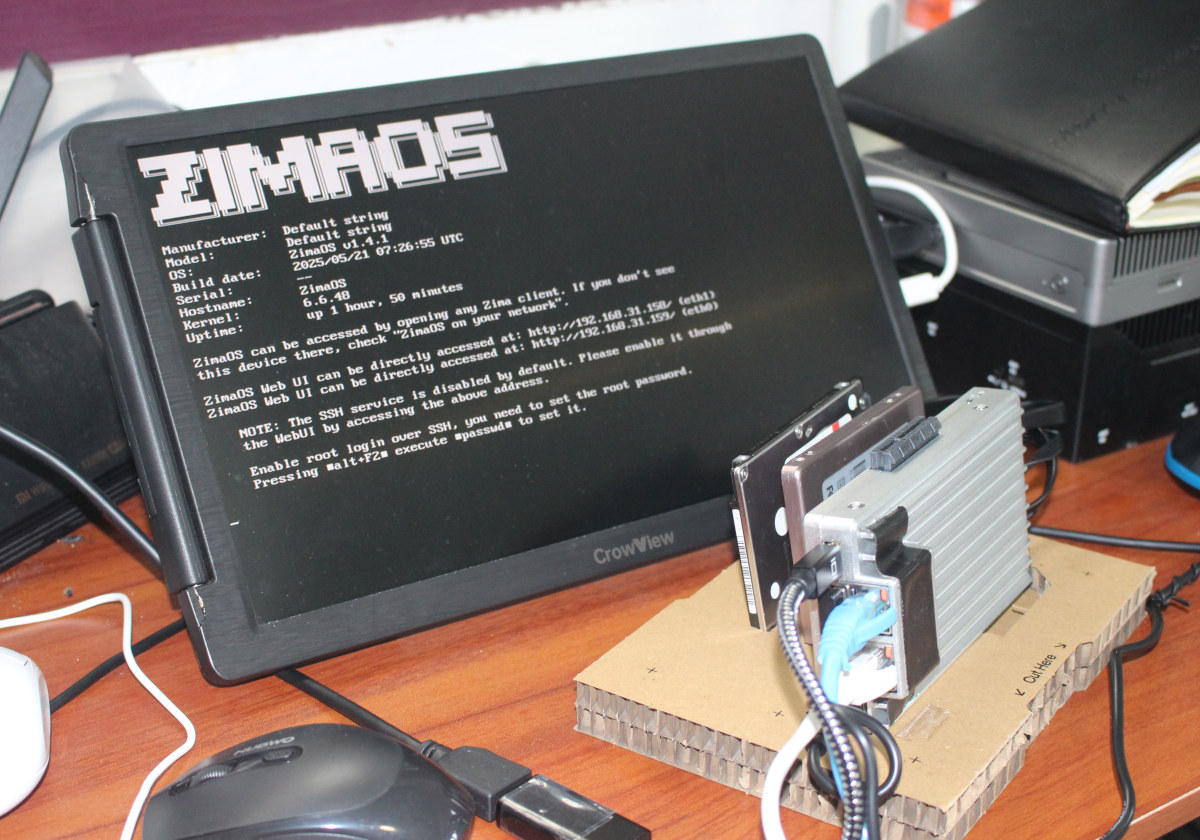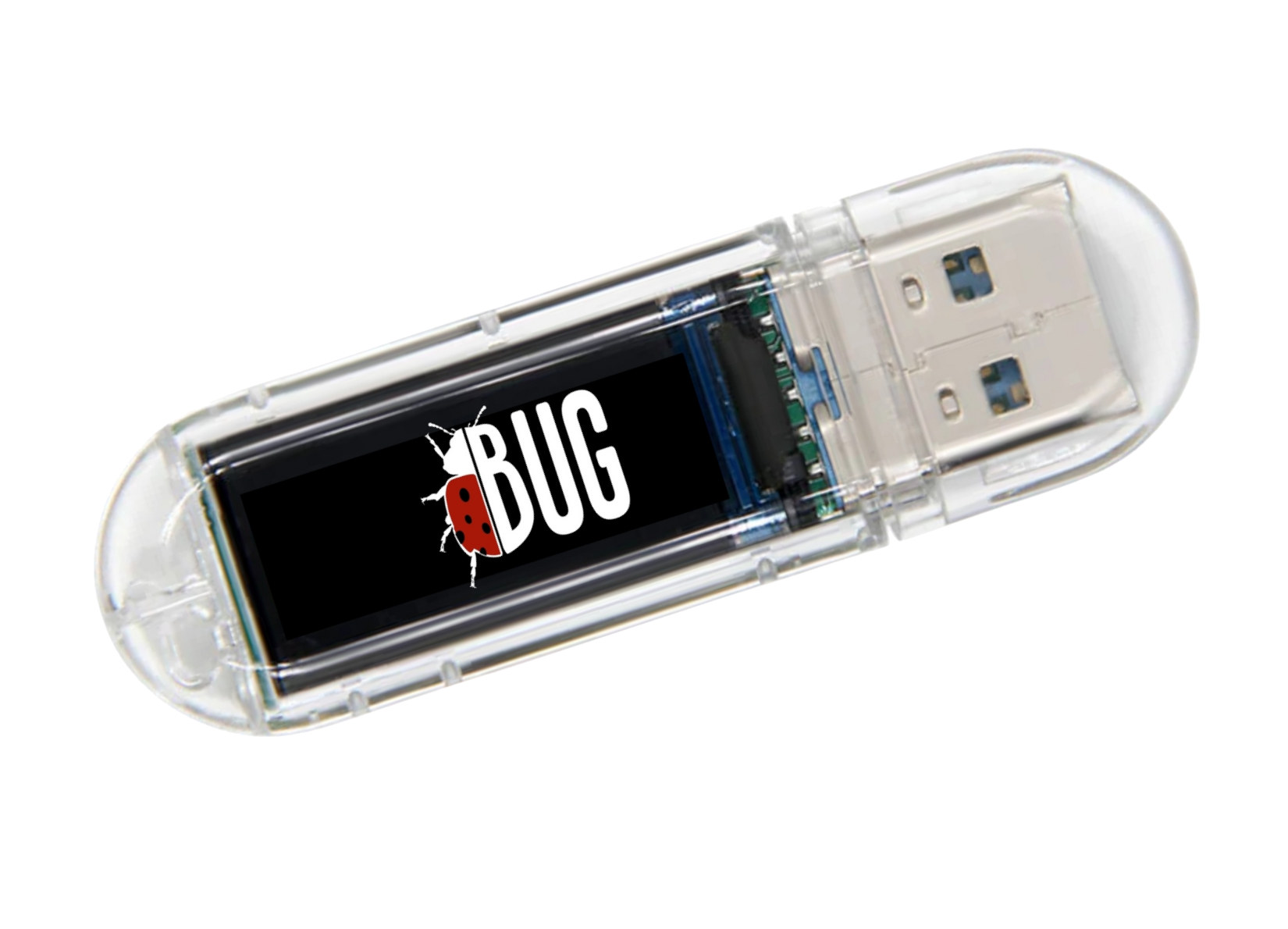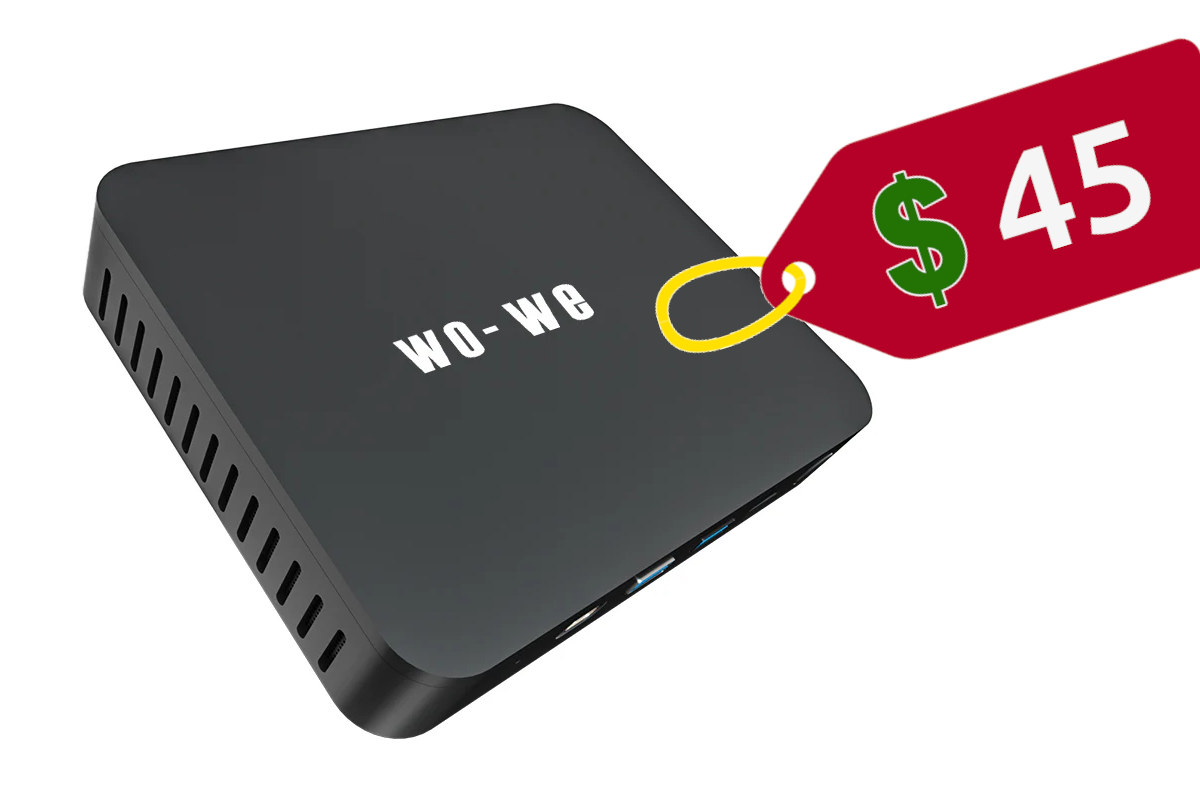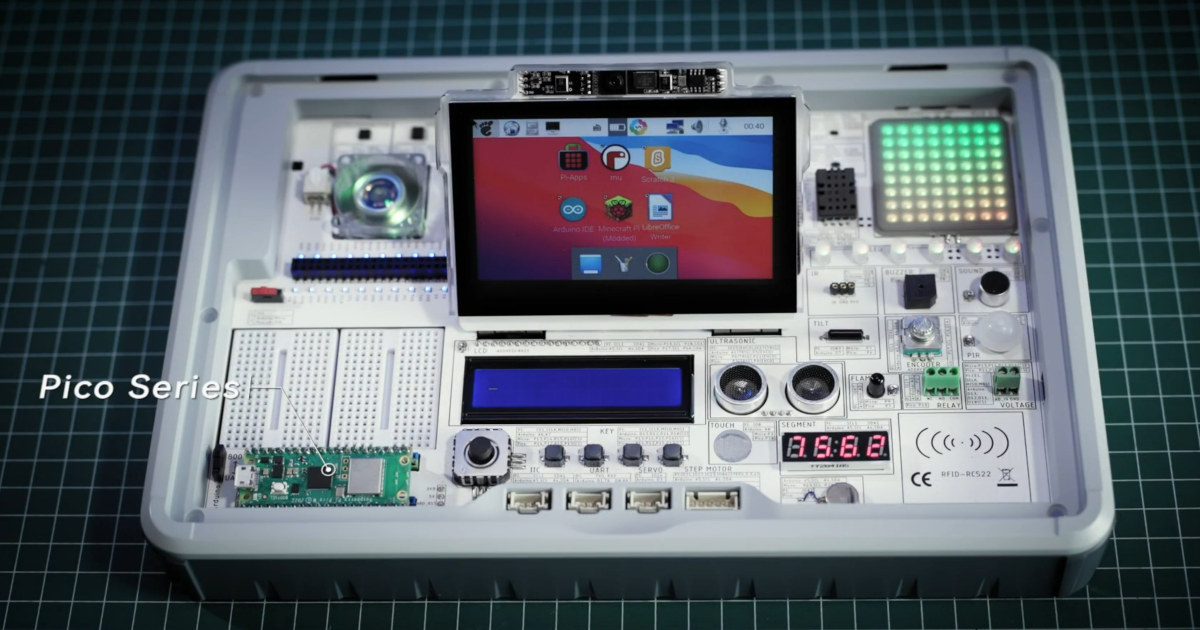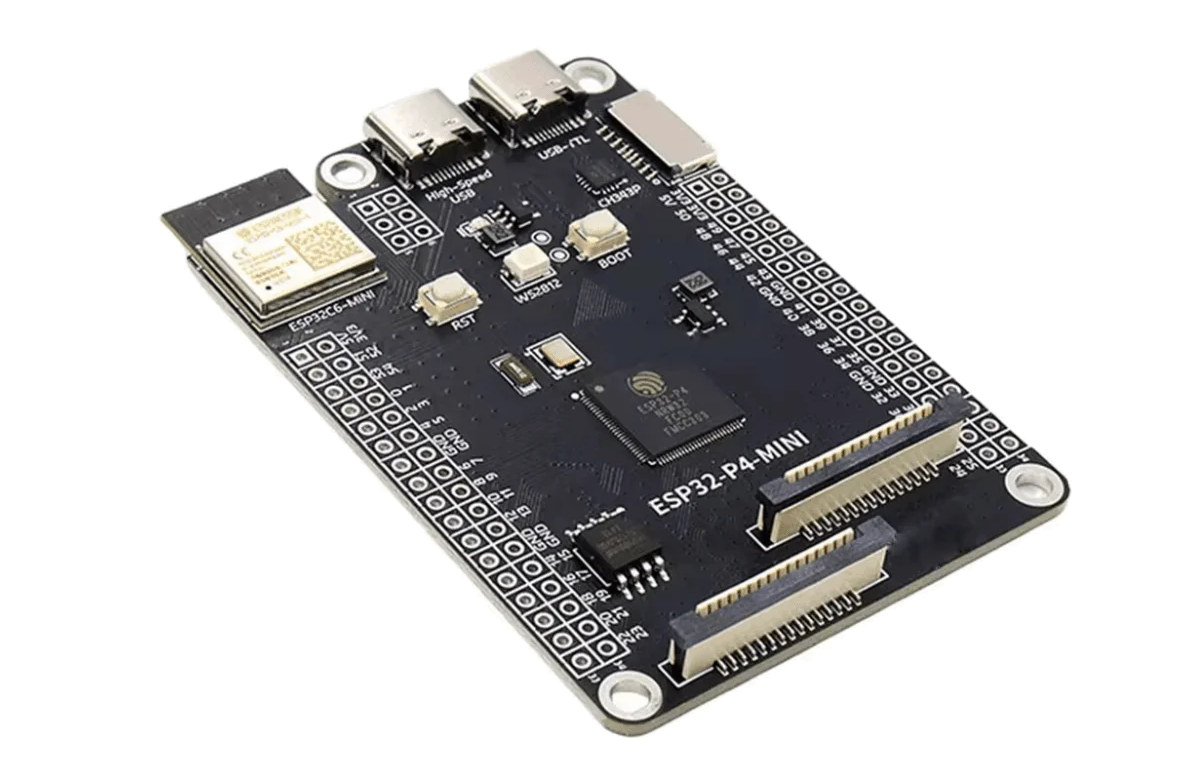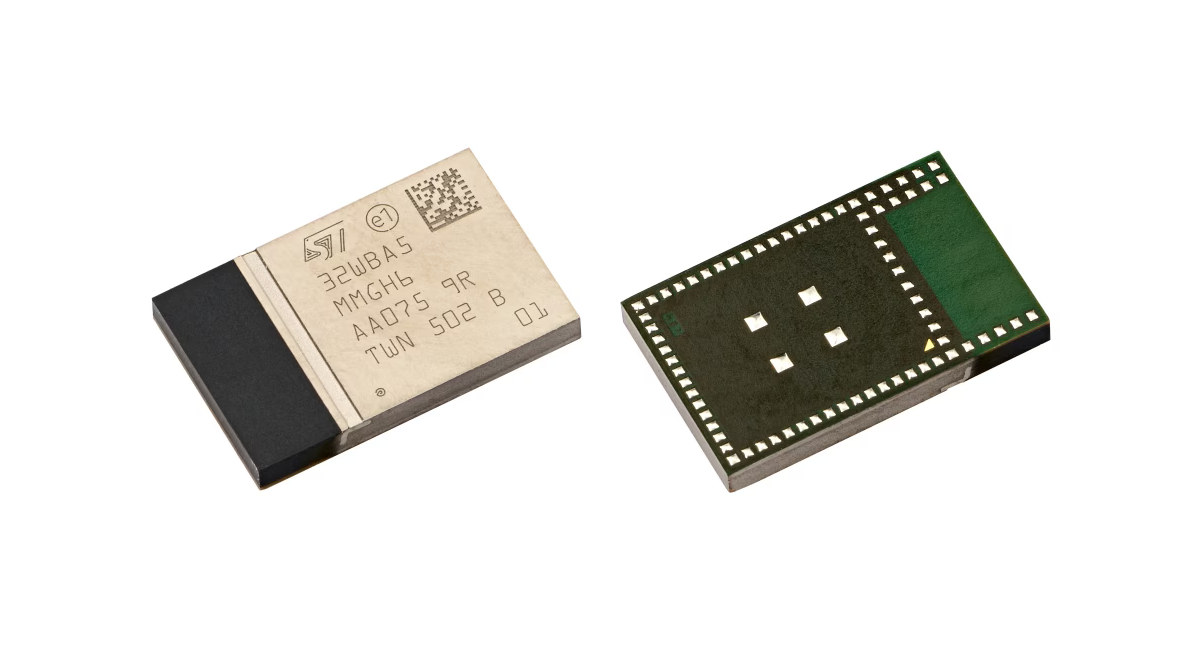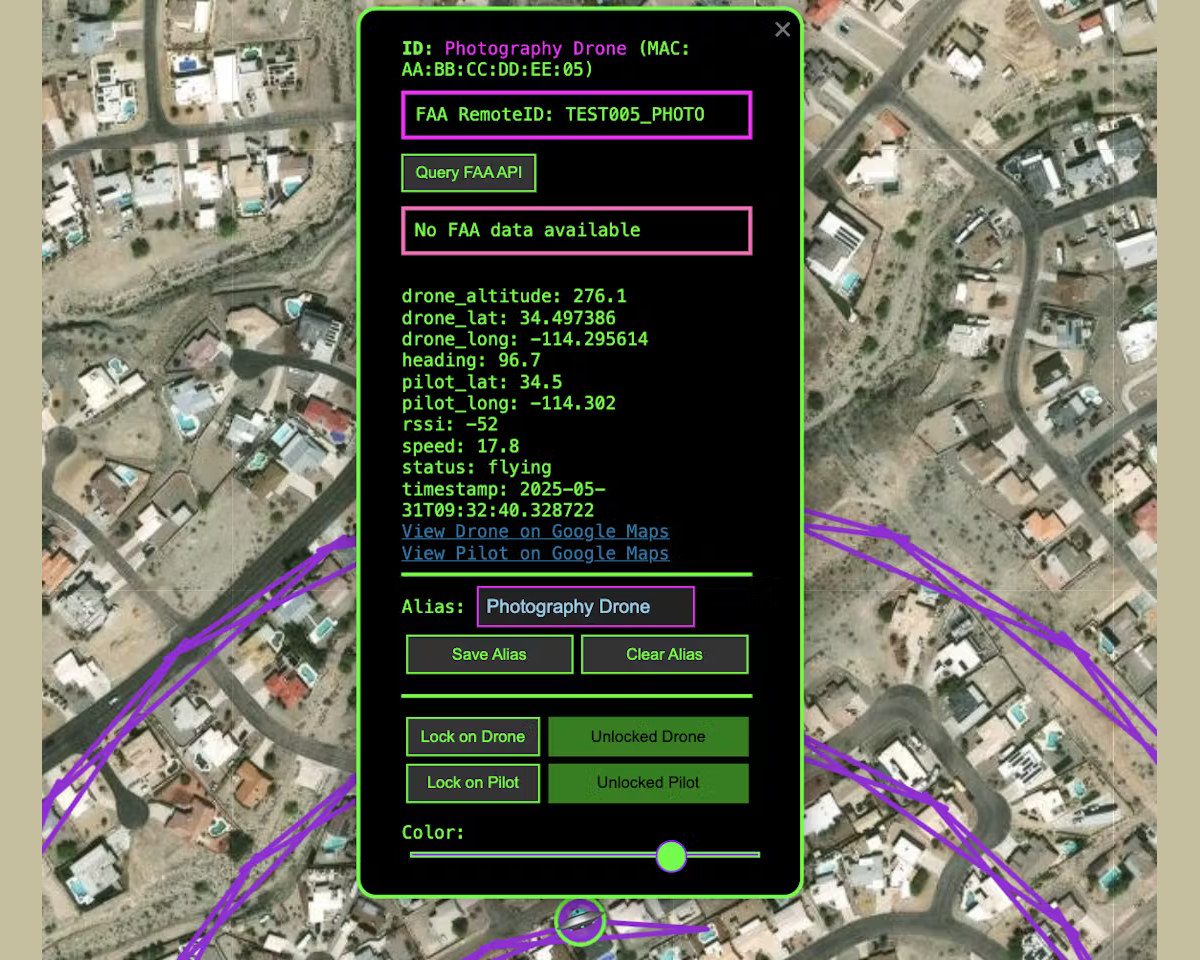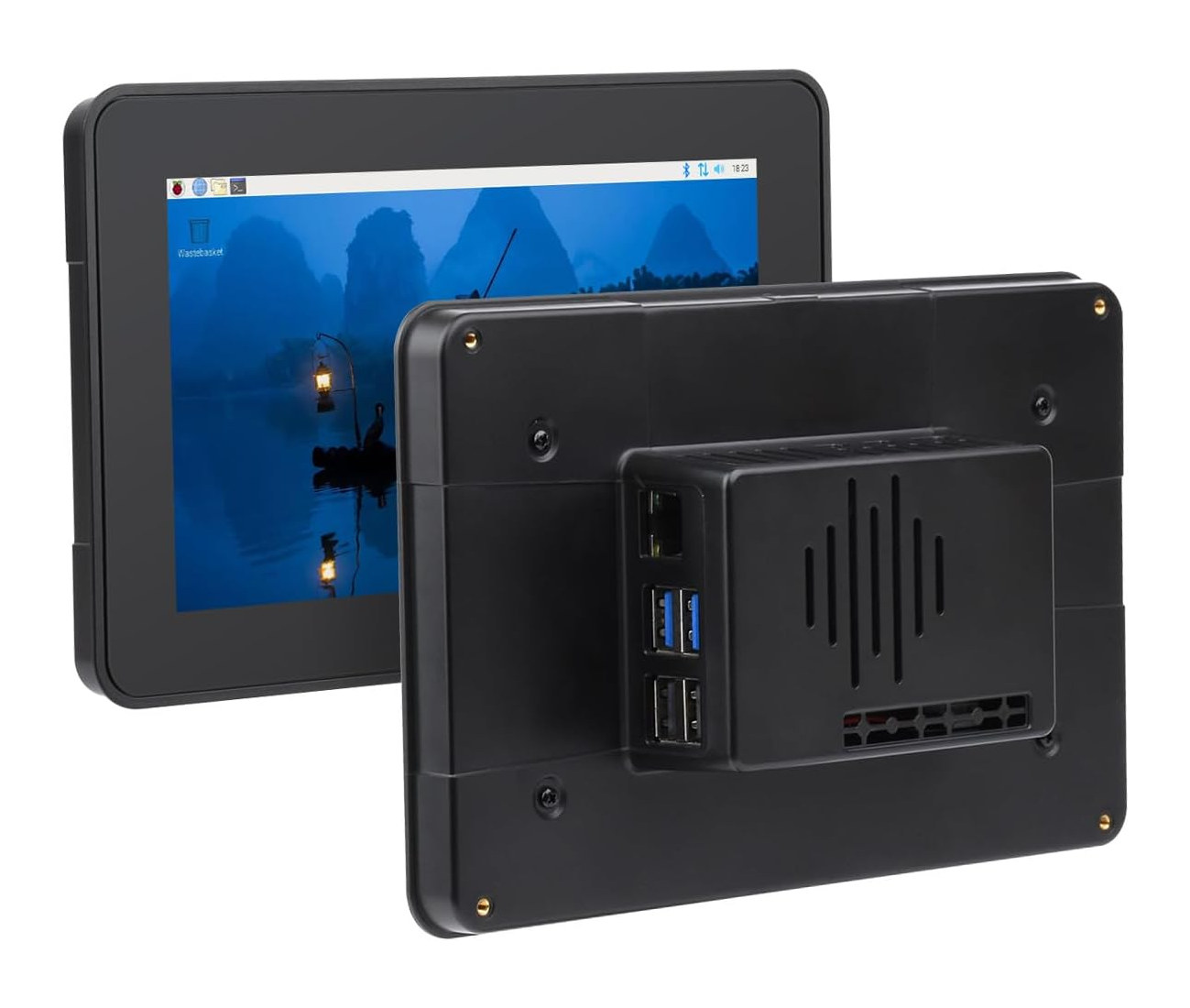We’ve already checked out the hardware of the ZimaBoard 2 micro server in the first part of the review with an unboxing and a teardown of the Intel N150 mini PC, followed by a first boot to ZimaOS and a walk-through of the web dashboard to see what features it had to offer. I’ve now connected two SATA drives to the ZimaBoard 2 and done further testing with ZimaOS, notably checking system information and testing storage and networking performance. I also installed Ubuntu 24.04 on the ZimaBoard 2 for further testing for people preferring to use the system as a mini PC with SATA storage. ZimaOS v1.4.1 update When I connected to the web dashboard again, there was a new update for ZimaOS v1.4.1. Before and after the update is completed, I was shown the change log with new features like a scheduled shutdown function and a list of bug […]
BUG: ethical hacking USB device with RP2040, ESP32-S3, or STM32 MCU (Crowdfunding)
Tarun’s BUG is a USB stick with a small display described as an “AI-powered Ethical Hacking Device”, supporting voice control, and offered with either a Raspberry Pi RP2040 dual-core MCU, Espressif Systems ESP32-S3 wireless SoC, or STM32F411 Cortex-M4F microcontroller. The device also features a microSD card for storage, and WiFi and BLE connectivity for the ESP32-S3 version. The BUG is said to offer “cutting-edge HID injection capabilities” (e.g. keyboard/mouse emulation) with wireless control and ChatGPT integration. It is made for ethical hackers, cybersecurity trainers, tech educators, and DIY makers. BUG specifications: Microcontroller (one or the other) Raspberry Pi RP2040 dual-core Cortex-M0+ microcontroller @ up to 133 MHz with 264KB SRAM Espressif ESP32-S3 dual-core LX7 microcontroller @ 240MHz with vector instructions, 512KB SRAM, WiFi 4 and Bluetooth 5.x connectivity STMicro STM32F411 Arm Cortex-M4F MCU @ 100MHz with 512KB Flash, 128KB SRAM Storage – MicroSD card slot inside the USB Type-A port […]
Intel Celeron N4020 dual-core mini PC sells for $45 with 4GB RAM, 128GB eMMC flash
We’ve seen x86 mini PCs for under $100 a few times, but I don’t think I’ve ever seen one going for under $50, and that’s exactly what the Wo-we HU-MNPC05-L mini PC has to offer as the system is sold for $44.99 on Amazon with an old Intel Celeron N4020 dual-core Gemini Lake Refresh processor first introduced in 2019. What’s even more surprising is that it’s not a barebone model like cheaper mini PCs usually are, but it ships with 4GB of RAM and a 128GB eMMC flash. No sane person would likely attempt to use the thing as a Windows Desktop, but it may be an option for Linux distributions for workloads similar to what you would typically run on a Raspberry Pi 4/5, or for older Windows applications, or as a basic HTPC. Wo-we HU-MNPC05-L specifications: SoC – Intel Celeron N4020 dual-core Gemini Lake Refresh processor @ 1.1 […]
Raspberry Pi 5-based portable AI learning platform features 41 modules, supports Arduino Nano, RPi Pico, and Micro:bit boards (Crowdfunding)
CrowPi 3 is a Raspberry Pi 5-powered all-in-one portable AI learning and development platform with a 4.3-inch touchscreen display, plenty of plug-and-play electronic modules, a breadboard area, and support for Arduino Nano, Raspberry Pi Pico, and BBC Micro:bit MCU boards for expansion. It’s basically another take on the CrowPi 2 laptop based on the Raspberry Pi 4 with similar modules placed under the keyboard, but in a different form factor. The CrowPi 3 portable learning platform replaces the 11.6-inch Full HD display with a 4.3-inch display and does away with the keyboard, but is equipped with a more powerful Raspberry Pi 5 SBC capable of handling real-time AI tools such as ChatGPT and LLaMA (with smaller, distilled models). CrowPi 3 specifications: Main Board – Raspberry Pi 5 SBC Compatible MCU boards Arduino Nano boards BBC Micro:bit boards Raspberry Pi Pico boards Display – 4.3-inch IPS touchscreen display with 800×480 resolution […]
ESP32-P4-MINI development board offers two 34-pin GPIO headers, ESP32-C6 wireless module
Another day, another ESP32-P4 RISC-V MCU board with the ESP32-P4-MINI equipped with an ESP32-C6 wireless module and exposing all I/Os through two 34-pin GPIO headers. The board also features two USB-C ports, one for data and one for debugging, MIPI DSI and MIPI CSI connectors to add a display and a camera, a microSD card slot for storage, and a few buttons and LEDs. It’s basically a board for engineers wanting to access all features of the ESP32-P4 without extra bells and whistles. ESP32-P4-MINI board specifications: SoC – Espressif Systems ESP32-P4 CPU Dual-core 32-bit RISC-V HP (High-performance) CPU @ up to 400 MHz with AI instructions extension and single-precision FPU Single-RISC-V LP (Low-power) MCU core @ up to 40 MHz Memory 768 KB HP L2MEM (for dual-core CPU), 32 KB LP SRAM, 8 KB TCM (for LP MCU core) 32MB PSRAM Storage – 128 KB HP ROM, 16 KB LP […]
STMicro STM32WBA5MMG is a tiny wireless module with Bluetooth LE 6.0, Zigbee 3.0, and OpenThread
STMicro’s STM32WBA5MMG is a tiny (12.5 x 8 mm), ultra-low-power 2.4 GHz wireless module based on the STM32WBA55UG wireless microcontroller with support for Bluetooth 6.0 LE, Zigbee 3.0, and OpenThread. The company further adds that designing a board for the module does not require any RF expertise, it provides a fully integrated Bill of Materials (BOM) with 32 MHz and 32 kHz crystals and integrated antenna matching or optional external antenna configurations, and its compatibility with 2-layer PCBs helps reduce costs. STM32WBA5MMG specifications: Wireless MCU – STMicro STM32WBA55UG Core – 32-bit Arm Cortex-M33 CPU with TrustZone®, MPU, DSP, and FPU Memory – 128 KB SRAM, including 64 KB with parity check Storage 1 MB flash memory with ECC, including 256 KB with 100 kcycles 512-byte (32 rows) OTP ART Accelerator – 8 KB instruction cache allowing 0-wait-state execution from flash memory (frequency up to 100 MHz, 150 DMIPS) Wireless Bluetooth […]
Map Remote ID-enabled drones with ESP32-C3/S3 and Meshtastic LoRa modules
Colonel Panic’s Mesh Mapper is a project designed to map drones emitting the FAA’s Remote ID over WiFi or Bluetooth with location, altitude, pilot position, and identification data. This project utilizes an ESP32-C3 or ESP32-S3 to capture Remote ID transmissions within range, and then feeds the data into a Python Flask web application part of Mesh Mapper that provides real-time visualization and logging. Meshtastic allows multiple detection nodes to share information across a mesh network, so several ESP32 nodes can be deployed in an area and be alerted when drones fly within your property or neighborhood. While you could use your own ESP32-C3/S3 board and Meshtastic hardware for this project, Colonel Panic designed a breakout board for XIAO ESP32C3 or ESP32S3 WiFi & Bluetooth module and Heltec LoRa 32 V3 connected over serial to make things easier. Something like the XIAO ESP32S3 for Meshtastic & LoRa devkit might also do, […]
Raspberry Pi 5 and Raspberry Pi Touch Display 2 get a ~$10 protective case
When I used the Raspberry Pi Touch Display 2 with a Raspberry Pi 4 as part of the Raspberry Pi AI camera review, I just placed the kit on a smartphone stand, but it was somewhat awkward and not super stable. Waveshare has now introduced the PI5-CASE-TD2 protective case for the 7-inch Raspberry Pi Touch Display 2 and the Raspberry Pi 5 that neatly combines the two, and also supports mounting to standard tripods. The company also claims it works with some other 7-inch displays. The enclosure gives access to all main ports of the Raspberry Pi 5, including Gigabit Ethernet, the four USB ports, the 40-pin GPIO header for Raspberry Pi HATs, the PCIe FFC connector, micro HDMI ports, the power button, and the USB-C port for power. I initially thought it would be compatible with the Raspberry Pi 4 too, but since the USB ports and Ethernet ports […]


